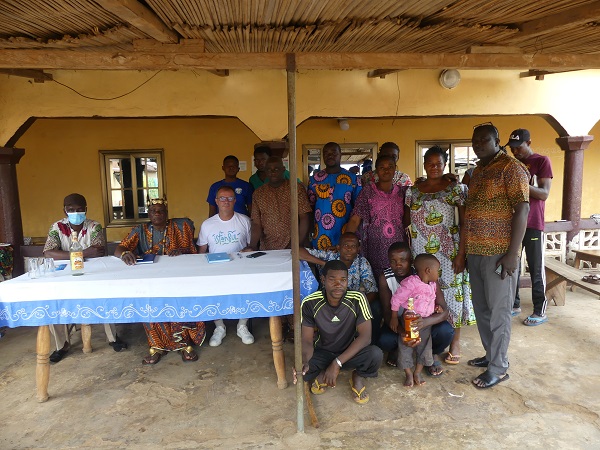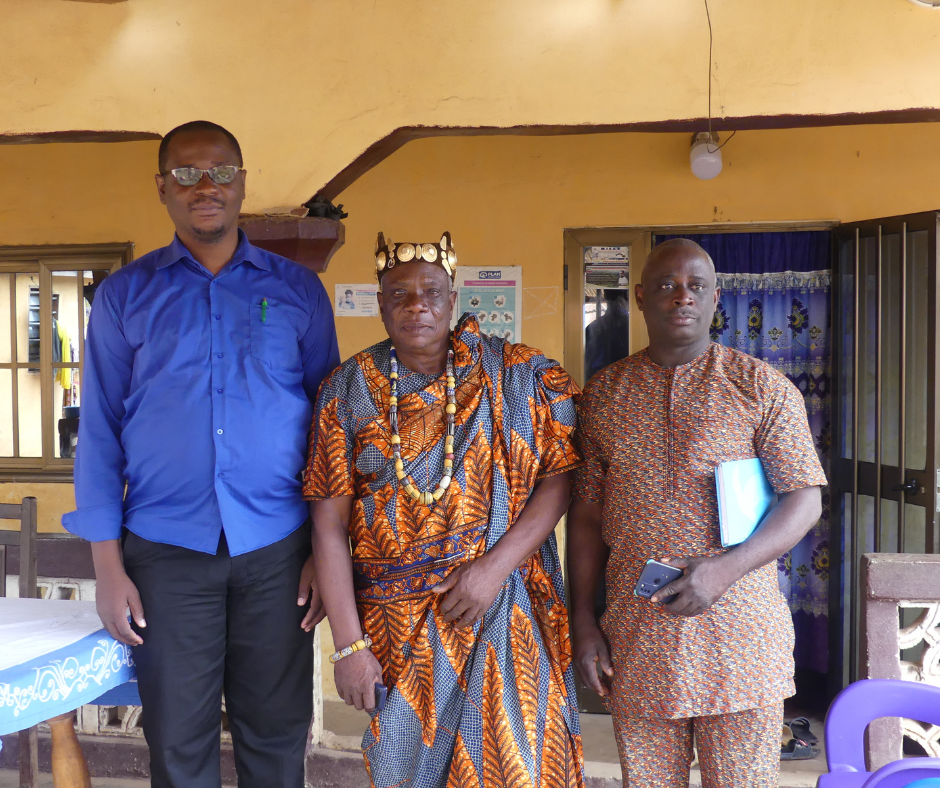A tour is necessary: 7 days more than rhythmic

Pilot site and evaluation of the needs in 4 villages of the Canton "Haho1" to multiply the experience in order to bring drinking water in a perennial way to many other populations deprived of everything.
After a day's adjustment, off we go to Notsé with a stopover in the communes of Tsévié, Agbelouve, Amakpape and Kpele. And what a welcome in each of the communes, reinforcing our determination to develop the experience.
Meeting with the mayor of Notsé, Mr Yawovi SEFENU dit "Laurent", and his project and decentralized cooperation manager, Mr Sedzro Komi YENA dit "Crépin".

We then get to know the commune and meet the HAHO prefect, Mr Awo TCHANGANI, who tells us about the problems of access to drinking water, especially in the villages. "Crépin" explains to Philippe GONIN, treasurer and representative of the association, the groups of people we are going to meet in the 4 cantons: Atchavé, Dalia, Hahomegbé, Notsé.

Visit to the Canton of AtchavéA full delegation was waiting for us. Visit to the USP where the C8 machine currently in operation is installed. (for further information, see our " Project in progress" )
Visit to Dalia Canton 1 borehole for two villages. The medical center (USP) has electricity but no running water.
> We agree that 2 C8 machines would be ideal for Dalia's USP.
Visit to Hahomogbé, a large village with 17,446 inhabitants. It is in the process of being electrified. The village has 8 classes (from CP to CM2) spread over 3 schools.
> Needs expressed: 2 machines per establishment + 1 on the public square (protected) + 1 machine at the USP
Day 3 :
Visit to the village of Agotové. This village is the most deprived. With 1,000 inhabitants, it is located several kilometers from Notsé via a dirt road. There's no running water, no electricity, no latrines and no health center!
Here, fetching water is a chore, usually done by teachers and schoolchildren every day before going to school.
> Objective: the 2 school buildings have solid roofs that can be fitted with photovoltaic panels, enabling drinking water to be distributed within the school itself. This is not possible with any other solution except ours.
Our tour ends with a series of meetings to take stock of these visits and future projects.
Want to join the adventure?
It's very simple: all you have to do isjoin by clicking here

